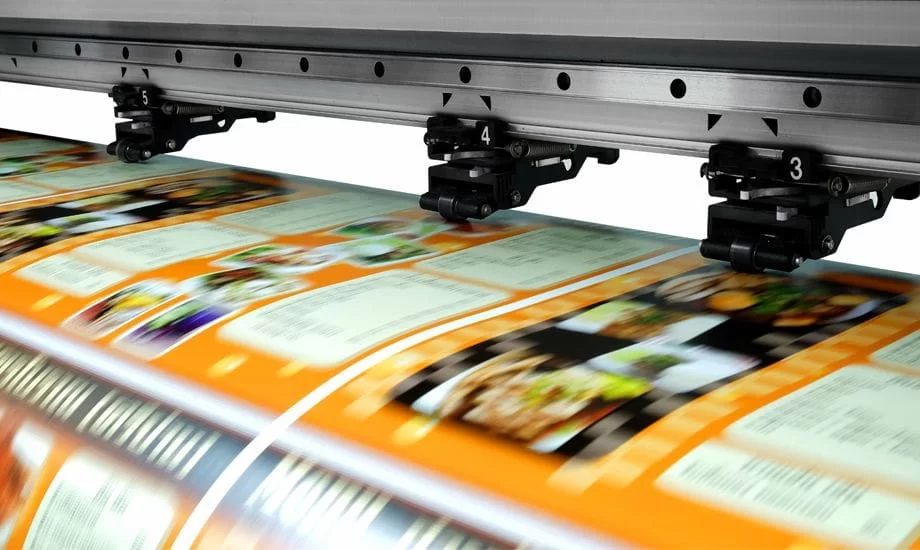Introduction
In an era dominated by digital media, print publishing has undergone significant transformations to adapt to changing consumer preferences and technological advancements. While digital platforms offer convenience and accessibility, print publications continue to hold a unique allure, offering tangible experiences and timeless appeal. In this article, we’ll explore how print publishing is navigating the digital age, embracing innovation, and carving out its niche in the evolving media landscape.
The Resilience of Print
Despite the rise of digital media, print publishing remains a resilient and relevant medium cherished by readers and publishers alike. Print publications offer a tactile experience that cannot be replicated in the digital realm, with the ability to engage multiple senses and create lasting impressions. From the texture of paper to the smell of ink, print publications evoke nostalgia and authenticity, fostering deep connections with readers.
Embracing Digital Technologies
While print publishing has deep-rooted traditions, it has not been immune to the transformative impact of digital technologies. Publishers are embracing digital tools and platforms to streamline production processes, enhance distribution channels, and reach wider audiences. Digital printing technologies have revolutionized the print industry, allowing for shorter print runs, on-demand printing, and customization options that cater to diverse reader preferences.
Convergence of Print and Digital
Rather than viewing print and digital as competing mediums, publishers are increasingly embracing a hybrid approach that leverages the strengths of both formats. Integrated publishing strategies combine the tactile experience of print with the interactive capabilities of digital, offering readers a multi-dimensional experience that transcends traditional boundaries. From augmented reality features to interactive content, hybrid publications bridge the gap between print and digital, appealing to diverse audience demographics.
Personalization and Customization
In the digital age, readers crave personalized experiences that cater to their individual interests and preferences. Print publishers are harnessing data analytics and digital printing technologies to offer customized content and tailored experiences to their readers. From personalized covers to targeted editorial content, print publications are evolving to meet the demands of today’s discerning audience, ensuring relevance and engagement in a crowded media landscape.
Sustainability and Environmental Consciousness
As environmental concerns take center stage, print publishers are embracing sustainable practices and eco-friendly initiatives to reduce their carbon footprint and minimize environmental impact. From using recycled paper to implementing environmentally friendly printing processes, publishers are prioritizing sustainability without compromising on quality or aesthetics. Sustainable printing practices not only resonate with environmentally conscious readers but also contribute to a positive brand image and reputation.
Cultivating Community and Connection
Print publications have a unique ability to foster community and connection among readers, offering a shared space for dialogue, reflection, and exploration. From niche magazines to local newspapers, print publications provide a sense of belonging and identity, serving as cultural touchstones that reflect the values and interests of their readership. Publishers are leveraging print’s inherent sense of community to cultivate loyal readership and forge deeper connections with their audience.
Conclusion
In an increasingly digital world, print publishing continues to thrive and innovate, adapting to changing consumer preferences and technological advancements. By embracing digital technologies, adopting hybrid publishing strategies, prioritizing sustainability, and fostering community and connection, print publishers are navigating the digital age with creativity, resilience, and relevance. As print continues to evolve and reinvent itself, it will remain a cherished medium that offers unique experiences and lasting impressions in an ever-changing media landscape
